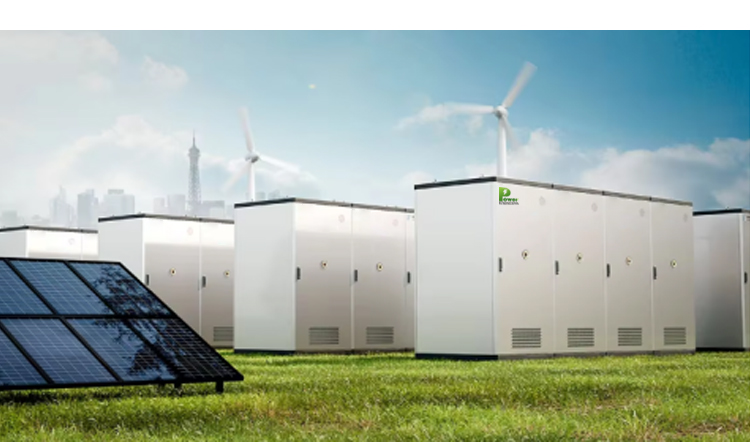How Do Solar Panels Work in a Residential Setting?
How Do Solar Panels Work in a Residential Setting?
At the heart of solar panel technology are photovoltaic (PV) cells, which use silicon as both a semiconductor and insulator. Each individual PV cell is relatively compact, typically generating just 1-2 watts of power on its own—so these cells are connected in series to form larger modules (or panels), a design that amplifies overall power output. These modules can be used independently or combined into larger arrays to meet a home’s specific energy needs.
To withstand the elements, PV cells are sandwiched between durable protective layers—usually glass or weather-resistant plastic—while an anti-reflective coating is applied to the surface to maximize sunlight absorption. Unlike asphalt roads, which absorb sunlight and radiate heat (speeding up molecular movement and raising surface temperatures), solar panels don’t just get hotter when exposed to the sun. Instead, they capture that solar energy and transform it into a practical resource: electricity.
Here’s a step-by-step breakdown of how they operate in a home: First, the PV modules or arrays are mounted in an orientation that optimizes sun exposure—ensuring they harness sunlight as efficiently as possible, even on cloudy days. When sunlight hits the array, the PV cells absorb its energy, prompting the generation of direct-current (DC) electrons. Metal plates adjacent to the cells collect these DC electrons and channel the power through connecting wires. From there, a solar inverter plays a crucial role: it converts the DC electricity into alternating current (AC), the standard form of power that runs household appliances and systems.
For added flexibility and savings, homeowners have two key options for excess energy: if the solar array is grid-tied, surplus power can be fed back into the local electrical grid, helping to offset overall energy costs. Alternatively, integrating home battery storage allows you to store that excess electricity, creating a personal microgrid for use during outages or peak demand periods.